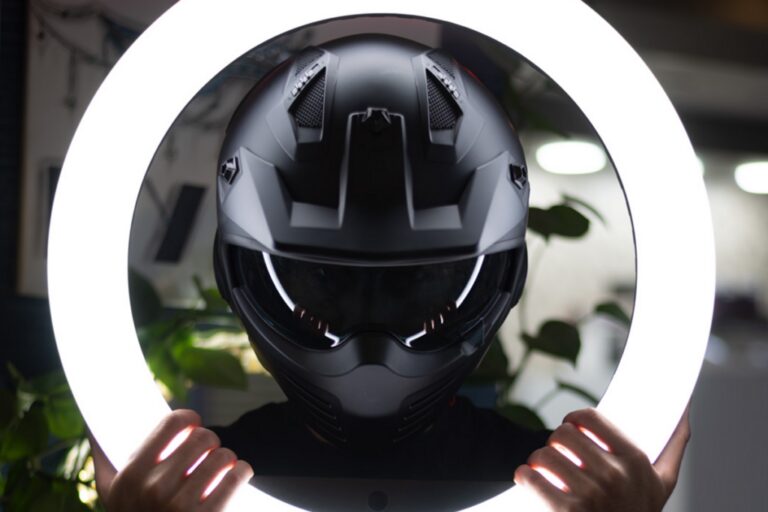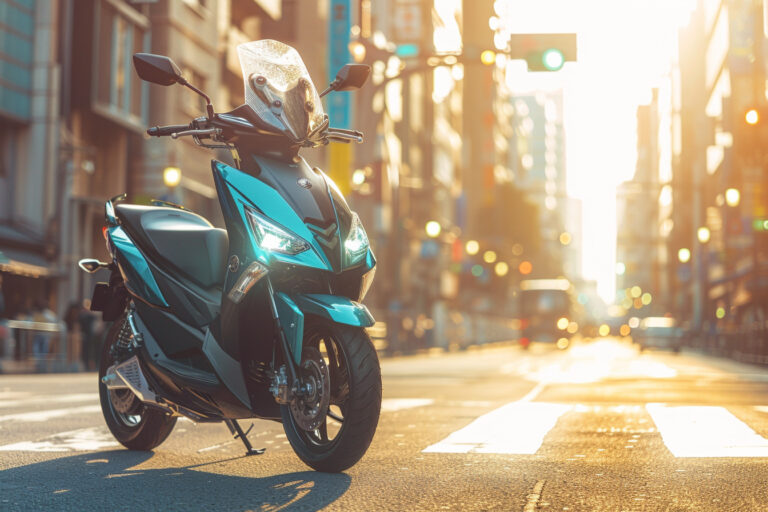Android Automotive Expands Its Horizons: Now Integrating into Motorcycles

With the ever-evolving world of technology, Android Automotive is making waves by expanding its horizons beyond the four wheels to motorcycles. This integration signifies a new era for bikers, allowing them to access advanced features directly from their two-wheeled machines. The recent advancements by brands like Harley-Davidson showcase how the motorcycle industry is embracing modern connectivity, presenting a blend of thrilling riding experiences coupled with the convenience of smart technology. As more motorcycle enthusiasts seek to conquer diverse terrains, this evolution promises to enhance the adventure while keeping riders connected like never before.
In a groundbreaking move, the integration of Android Automotive into the world of motorcycles is set to revolutionize the riding experience. This transition reflects a growing trend among manufacturers who aim to enhance the technological capabilities of their vehicles, making our journeys safer and more enjoyable. With new functionalities and features, motorcycles are beginning to exhibit the same level of connectivity that has become standard in cars.
The Evolution of Android in Two-Wheeled Vehicles
The evolution of Android Automotive has predominantly focused on car applications in the past, but as technology advances, its application has begun to extend to motorcycles. These integrated systems allow riders to access a wealth of information right from their bike’s dashboard, presenting opportunities for navigation, entertainment, and communication.
Understanding Android Automotive
Android Automotive is an operating system designed specifically for vehicles. Unlike Android Auto, which merely mirrors a smartphone’s interface, Android Automotive is built directly into a vehicle’s hardware, allowing for a more seamless and immersive experience. This platform is an open-source solution that promises a robust and engaging interaction tailored to the needs of riders.
Integration Challenges and Solutions
As exciting as the integration of Android into motorcycles is, it does not come without its challenges. Unlike cars, motorcycles have different spatial and safety constraints that require thoughtful implementation. Manufacturers and developers are now tasked with creating systems that are not only user-friendly but also prioritize rider safety and focus.
Some aftermarket solutions, such as those from TAS Electronics, aim to enhance existing systems, retrofitting motorcycles to include Android capabilities. These solutions bring advanced features to older models, ensuring no rider is left behind in this tech evolution.
Features That Enhance the Riding Experience
The integration of Android Automotive promises numerous features that can significantly enhance a biker’s experience. For instance, riders will be able to use navigation apps like Waze directly on their motorcycle’s interface, providing real-time traffic updates and optimised routes.
Furthermore, Android Automotive allows for music streaming and hands-free communication, keeping riders connected while allowing them to focus on the road ahead. With these improvements, the modern biker can enjoy an experience that harmonizes technology with the thrill of riding.
The Future of Motorcycling with Android
As motorcycle manufacturers begin to explore and embrace the capabilities of Android Automotive, the future of two-wheeled vehicles looks promising. With features designed for connectivity, safety, and enhanced functionality, the riding community can look forward to a new era of motorcycling that merges the passion for biking with technological advancements.
This trend opens up a world of possibilities for future devices that could further improve the riding experience. Advanced features may include smart helmet integrations and other wearable technologies that align more closely with Google’s vision for a connected world. The next few years will be crucial in shaping how riders interact with not just their motorcycles but with the road itself.
The integration of Android Automotive into motorcycles is a game-changer for enthusiasts looking for a seamless tech experience on the road. This new feature offers a unique blend of modern technology with the thrill of riding, allowing for enhanced navigation, connectivity, and entertainment while you ride. Let’s dive into what this means for motorcycle riders and how to make the most of this exciting development.
The Difference Between Android Automotive and Android Auto
Understanding the distinction between Android Automotive and Android Auto is key for motorcycle owners. While Android Auto typically relies on external devices for functionality, Android Automotive operates directly on the motorcycle’s hardware. This results in a more integrated experience, providing direct control over various aspects of your ride, such as navigation and media streaming.
Current Support for Motorcycles
As of now, brands like Harley-Davidson have taken the lead in integrating Android Automotive into their newer models. While the 2023 Harley Davidson Street Glide CVO touts support for Apple CarPlay, it’s clear that Android Auto is not supported due to Google’s shifting priorities. This pivot raises questions about how Android Automotive will enhance motorcycle experiences moving forward.
Maximizing Your Experience with Android Automotive
To truly unlock the potential of Android Automotive, consider utilizing aftermarket solutions if your motorcycle is not pre-equipped. Companies like TAS Electronics specialize in retrofitting motorcycles with advanced technology that supports seamless Android Automotive functionality. These upgrades allow riders to access important features such as navigation and music streaming without compromising their riding experience.
What Features to Expect
With the advancement of Android Automotive, riders can expect a suite of features aimed at enhancing their journeys. Enhanced navigation through applications can help riders find the best routes and avoid traffic, while streaming music provides entertainment on long rides. Additionally, motorcycle-focused applications can offer insights into bike performance and maintenance.
Challenges with Android Support
Despite the exciting developments, the transition to Android Automotive is not without challenges. The lack of support for Android Auto on motorcycles limits the functionality that many riders have come to rely on, such as voice command features and smart assistance when riding. Understanding the limitations of this new technology is crucial for making informed decisions regarding your motorcycle upgrades.






